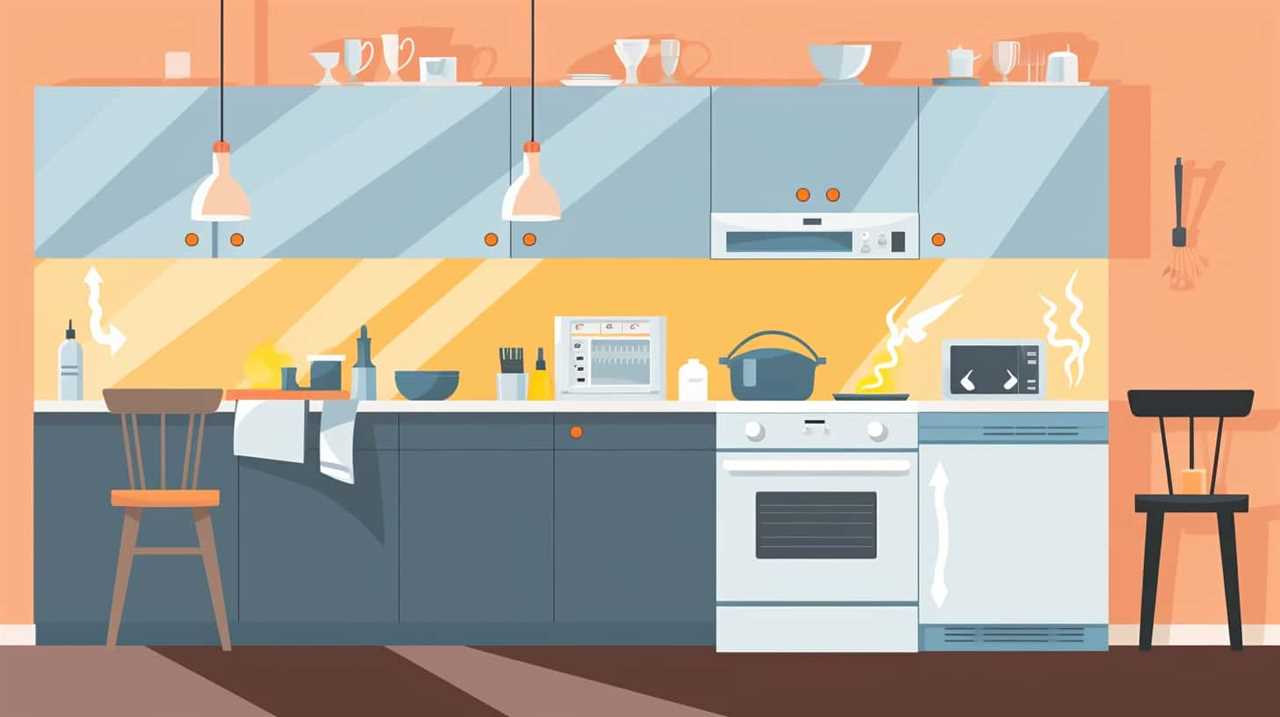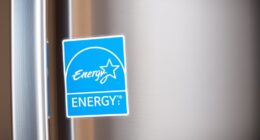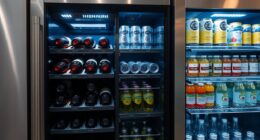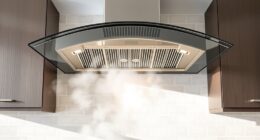Picture this: you come across a sleek, efficient Japanese appliance, but will it function in the United States? We have the solution for you.
In this article, we’ll delve into the technicalities of using Japanese appliances in the USA. From understanding voltage differences to checking plug types, we’ll provide you with the knowledge you need to make informed decisions.
So sit back, relax, and let us guide you through the intricacies of using Japanese appliances across the Pacific.
Key Takeaways
- Japanese appliances operate at 100 volts, while the standard voltage in the USA is 120 volts.
- Voltage converters or transformers can be used to overcome the 20-volt difference.
- It is important to check if the Japanese appliance’s plug can fit into the American outlet.
- Seek advice from professionals knowledgeable about Japanese appliances for safe and efficient use in the USA.
Understanding Voltage Differences
Understanding voltage differences is crucial when considering the use of Japanese appliances in the USA.
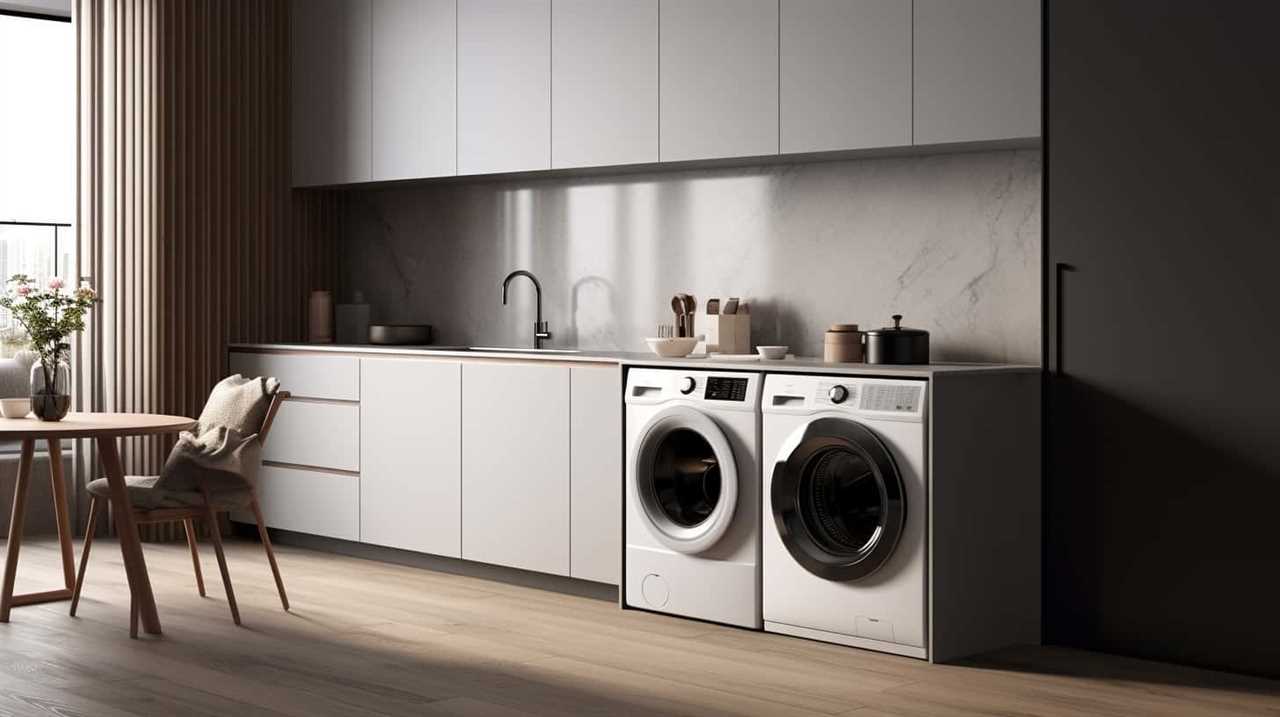
Japanese appliances typically operate at a voltage of 100 volts, while the standard voltage in the USA is 120 volts. This 20-volt difference may not seem significant, but it can have serious consequences if not addressed properly.
One option to overcome this voltage difference is to use a voltage converter. However, voltage converters can be bulky, expensive, and may not be suitable for all appliances.
Alternatively, there are voltage converter alternatives available, such as voltage transformers or dual voltage appliances.
It’s important to note that using Japanese appliances in the USA without addressing the voltage difference can result in potential hazards, such as overheating, electrical fires, or damage to the appliances themselves. Therefore, it’s essential to understand and address voltage differences to ensure the safe and proper use of Japanese appliances in the USA.
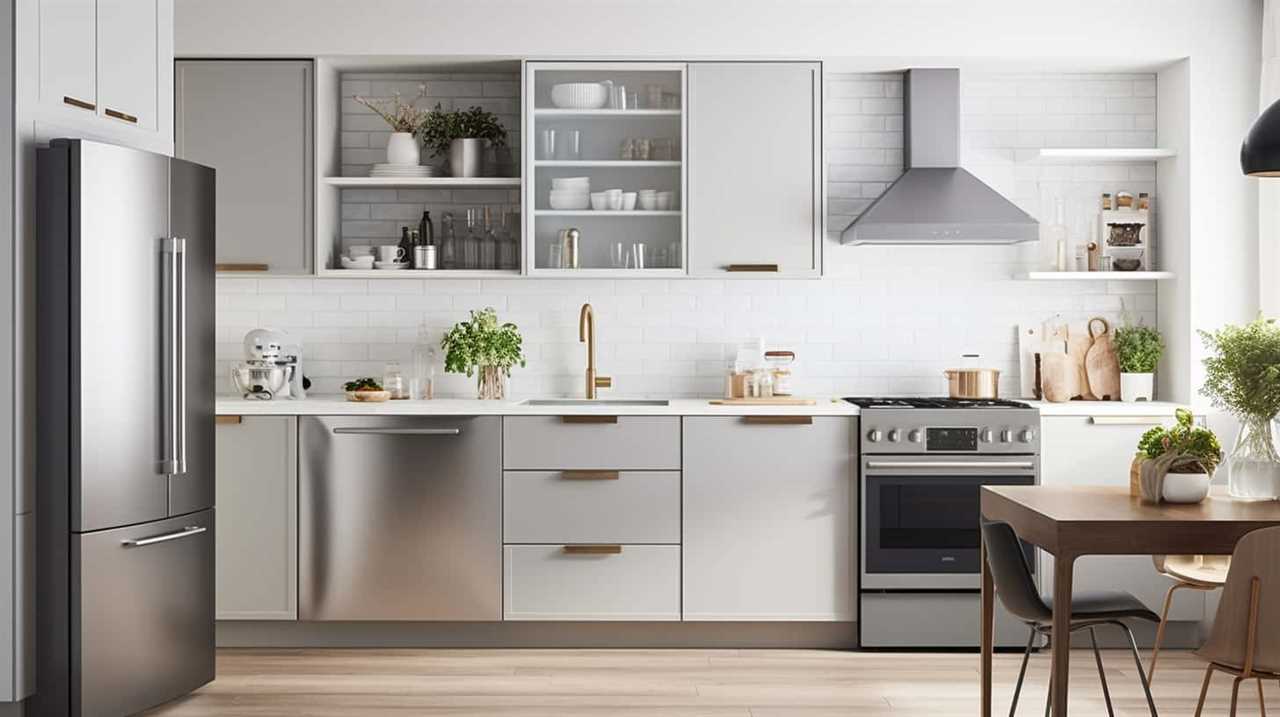
Checking Plug Types
To ensure compatibility, we need to check the plug types of Japanese appliances when using them in the USA. Understanding electrical compatibility is crucial to avoid any potential hazards and ensure the safe operation of the appliances.
In Japan, the most common plug type is Type A, which has two flat pins. However, in the USA, the standard plug type is Type A or Type B, which has two flat pins and a grounding pin. Therefore, it’s important to check if the Japanese appliance’s plug can fit into the American outlet.
If not, you may need to use an adapter or replace the plug with a compatible one. By following these safety guidelines and checking the plug types, you can ensure a smooth and safe operation of your Japanese appliances in the USA.
Now, let’s move on to the next section about using voltage converters.
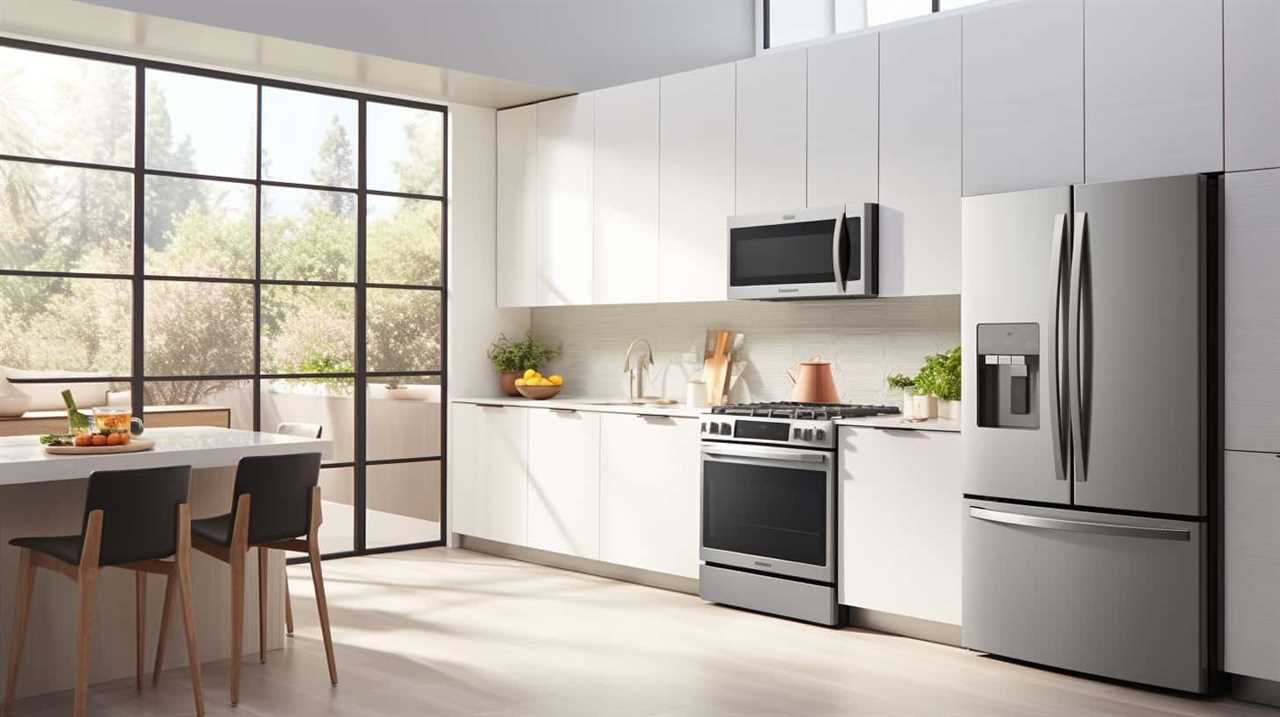
Using Voltage Converters
When it comes to using Japanese appliances in the USA, one of the main concerns is voltage compatibility. In order to use these appliances safely, it’s important to use a voltage converter that can properly convert the voltage from Japanese standards to the voltage used in the USA.
It’s crucial to choose a voltage converter that matches the wattage and voltage requirements of the appliances, as using an incompatible converter can result in damage to the appliances or even pose a safety risk.
Compatibility of Japanese Appliances
One important factor to consider when using Japanese appliances in the USA is the number of voltage converters needed. Understanding voltage converters and their compatibility with Japanese appliances is crucial to ensure the safe operation of these devices.
In the USA, the standard voltage is 120 volts, while in Japan, it’s 100 volts. This means that Japanese appliances designed for 100 volts may not function properly when directly plugged into American outlets. To address this issue, voltage converters can be used to convert the voltage from 120 volts to 100 volts, allowing Japanese appliances to work correctly.
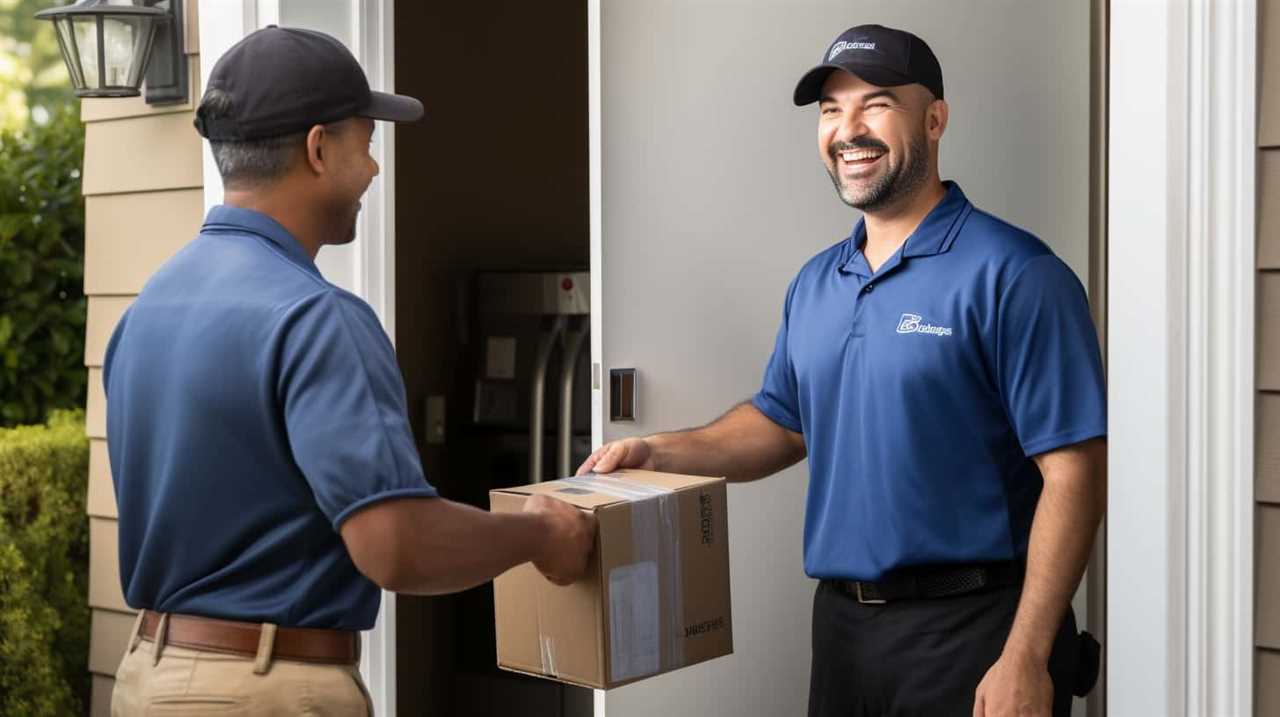
However, it’s important to note that safety regulations for appliances in the USA must be followed, and using a voltage converter that isn’t compatible with the specific appliance can pose safety risks. Therefore, proper voltage conversion is essential to ensure the compatibility and safety of Japanese appliances in the USA.
Proper Voltage Conversion
Now let’s delve into the topic of proper voltage conversion by using voltage converters.
Understanding wattage limits is crucial when using Japanese appliances in the USA. It’s important to ensure that the wattage of the appliance doesn’t exceed the wattage capacity of the voltage converter. Exceeding this limit can result in damage to the converter and potentially the appliance itself.
To convert the voltage from Japan’s 100 volts to the USA’s 120 volts, a step-up transformer is necessary. This transformer increases the voltage and allows the appliance to function properly. However, it’s essential to choose a high-quality step-up transformer that can handle the wattage requirements of the appliance.
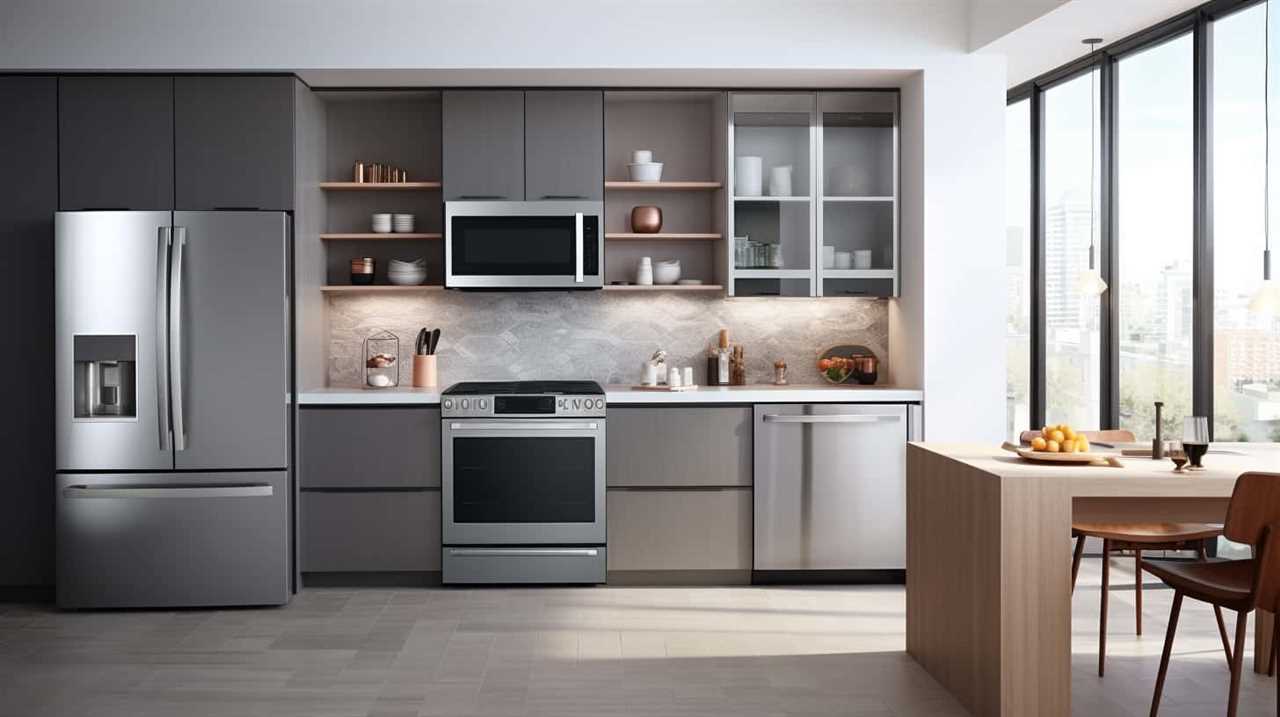
Careful consideration of wattage limits and the use of appropriate step-up transformers is key to successfully using Japanese appliances in the USA.
Potential Risks and Precautions
To avoid potential risks and ensure the safe use of voltage converters, we need to be aware of a few precautions. When using voltage converters, it’s important to follow safety regulations and guidelines to prevent accidents and damage to appliances.
Here are some important precautions to keep in mind:
- Check the converter’s capacity: Ensure that the voltage converter you’re using can handle the power requirements of your Japanese appliance. Using an incompatible converter may lead to overheating or even fire.
- Use high-quality converters: Invest in reliable and certified voltage converters that meet safety standards. Cheap and low-quality converters may pose a higher risk of electrical hazards.
- Proper grounding: Ensure that both the voltage converter and the appliance are properly grounded to prevent electrical shocks.
- Regular maintenance: Inspect the voltage converter regularly for any signs of damage or wear and tear. Replace or repair any faulty parts immediately.
Following these precautions will help mitigate potential risks and ensure the safe use of voltage converters. Always prioritize safety when using electrical appliances.

Using Adapters
When considering the use of adapters for Japanese appliances in the USA, there are several important points to consider.
First, compatibility with voltage is crucial as Japan operates on a 100-volt system, while the USA uses a 120-volt system.
Additionally, safety concerns and regulations must be taken into account to ensure that the adapter is properly grounded and meets safety standards.
Lastly, it’s essential to consider warranty and support availability, as using an adapter may void the appliance’s warranty and limit access to customer support.
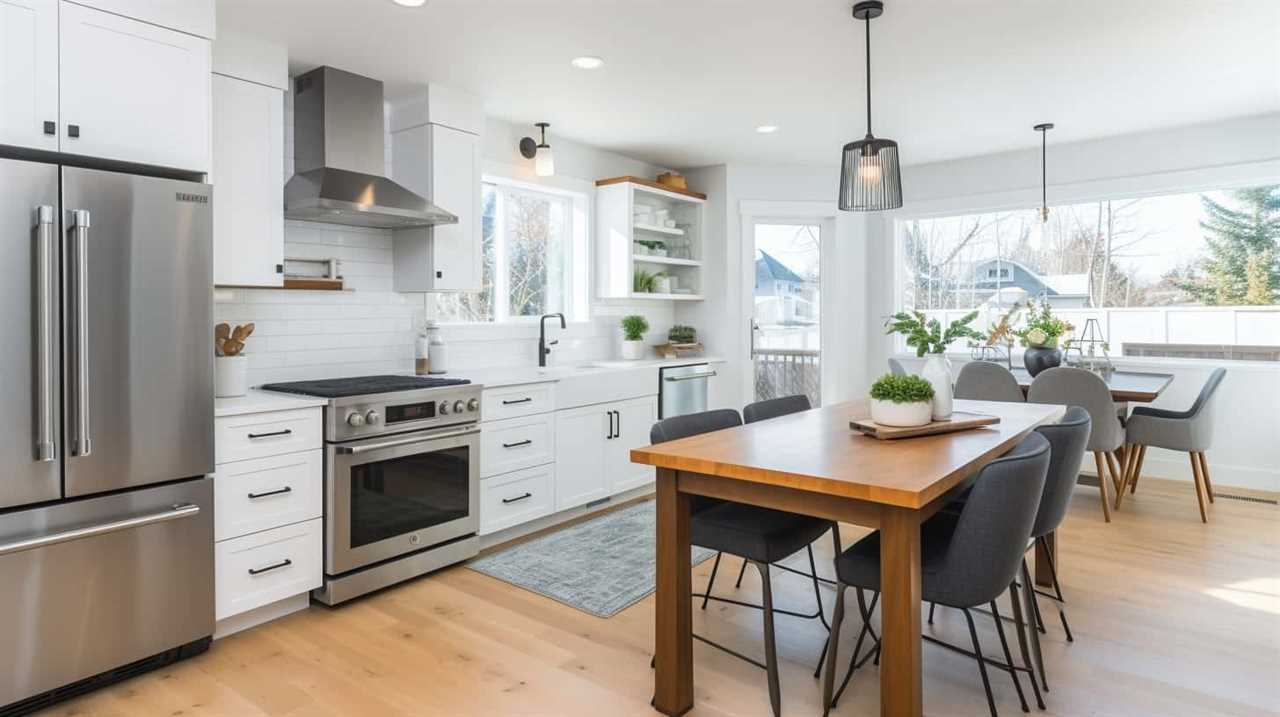
Compatibility With Voltage
With the use of voltage adapters, we can ensure compatibility between Japanese appliances and the US electrical system. Understanding voltage converters is crucial to avoid potential risks and take necessary precautions.
When using a Japanese appliance in the US, it’s important to consider the difference in voltage standards. Japan operates on a 100-volt system, while the US operates on a 120-volt system. This means that Japanese appliances may not function properly or could even be damaged if directly connected to the US electrical system.
Voltage adapters, also known as voltage converters or transformers, can help bridge this gap by converting the voltage to match the requirements of the appliance. However, it’s essential to choose the correct voltage adapter that can handle the power requirements of the appliance to prevent overheating or electrical failures.
Additionally, it’s recommended to check the compatibility of the appliance with the US electrical frequency, which is 60 Hz, as some Japanese appliances may only support the Japanese standard of 50 Hz.
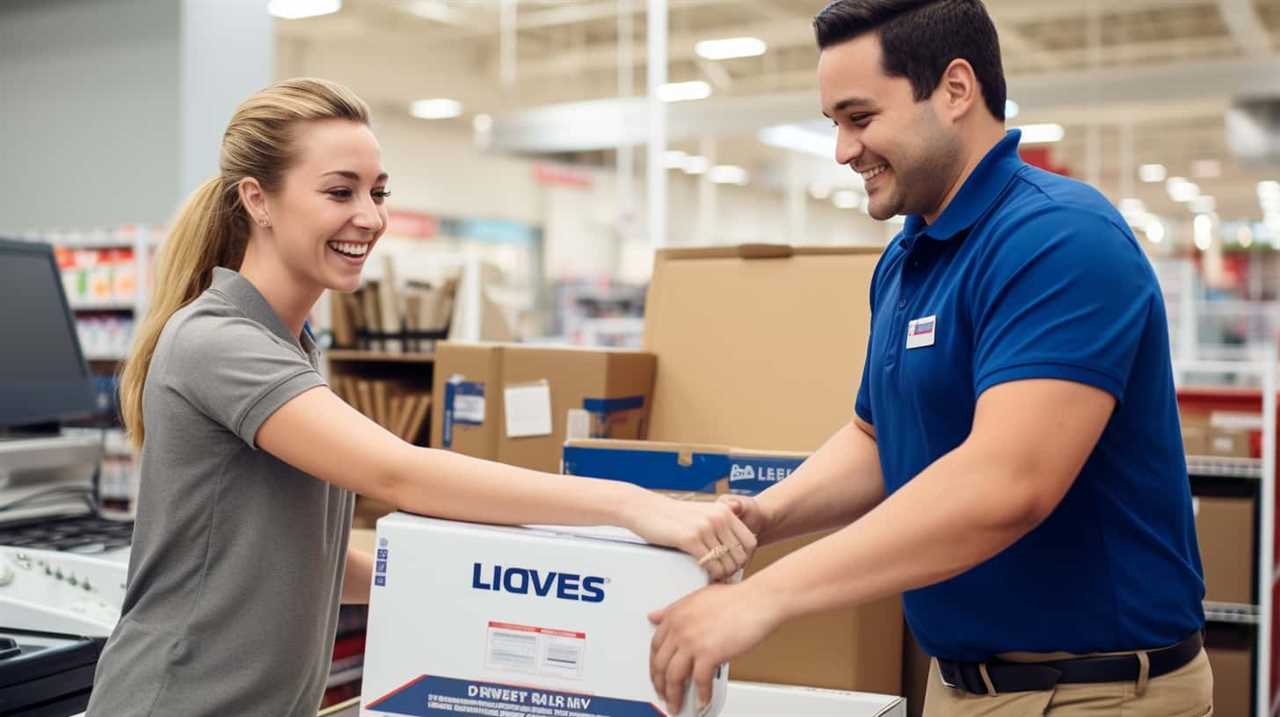
Taking these precautions will ensure the safe and reliable use of Japanese appliances in the US.
Safety Concerns and Regulations
Now let’s delve into the safety concerns and regulations associated with using adapters when using Japanese appliances in the USA.
It’s important to understand safety measures and adhere to regulations on voltage use to ensure the proper functioning of your appliances and prevent any potential hazards. Here are four key points to consider:
- Adapters: When using Japanese appliances in the USA, you’ll need to use voltage adapters to convert the voltage from 100V to 120V. It’s crucial to use high-quality adapters that are compatible with the specific appliance you’re using to prevent electrical damage or overheating.
- Overloading: Be mindful of not overloading the adapters or power outlets by connecting multiple appliances to a single adapter or power strip. This can lead to overheating and pose a fire risk.
- Grounding: Check if your Japanese appliances have a grounding plug. If they do, make sure to use a properly grounded adapter or power strip in the USA to maintain electrical safety.
- Regulations: Familiarize yourself with the local regulations regarding the use of adapters and voltage conversion. Different regions may have specific guidelines or restrictions that you need to follow.
Understanding these safety concerns and adhering to regulations will help ensure the safe and efficient use of Japanese appliances in the USA.

Now, let’s move on to discussing the next topic of warranty and support availability.
Warranty and Support Availability
We have found that warranty and support availability can be affected when using adapters with Japanese appliances in the USA.
It’s important for consumers to understand the implications of using adapters on their warranty coverage and the availability of support for their appliances.
When using adapters, there’s a risk that the manufacturer’s warranty may not be valid, as modifications to the appliance’s power supply can void the warranty.
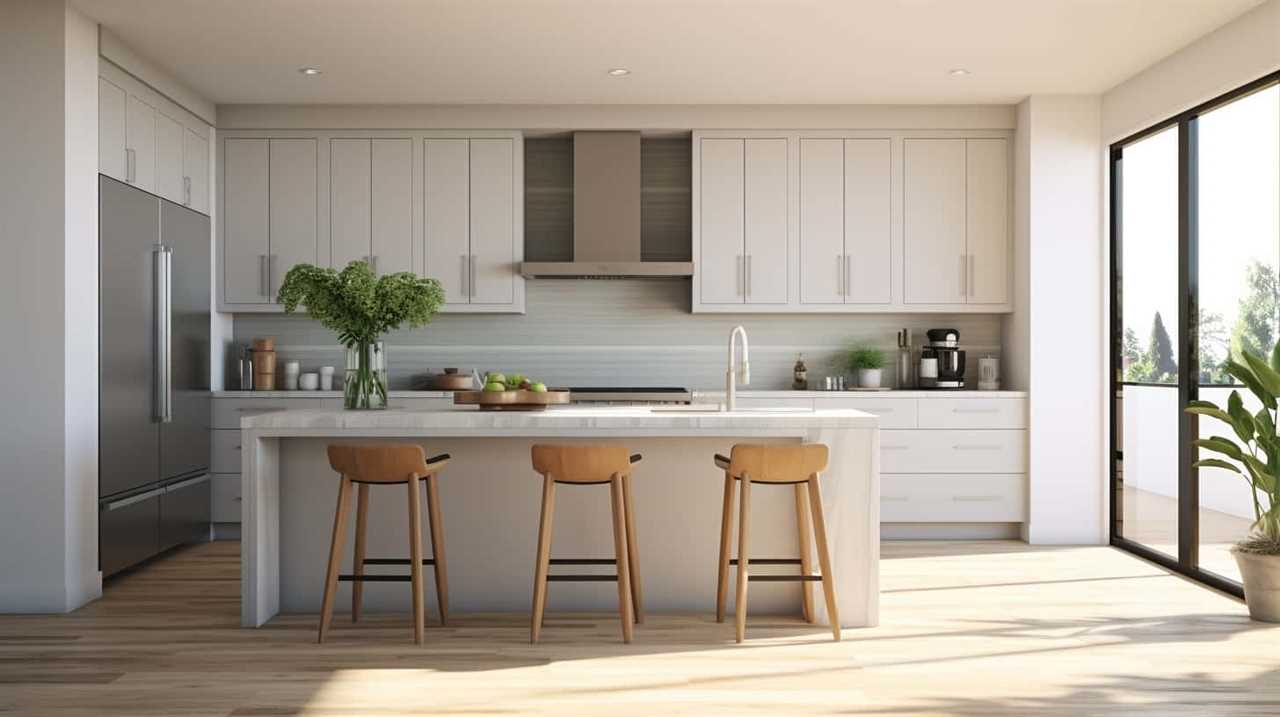
Additionally, the availability of support for Japanese appliances in the USA may be limited, as manufacturers may not have service centers or authorized repair technicians in the country.
This can result in longer repair times and increased costs for consumers.
Therefore, it’s crucial for consumers to carefully consider these factors before using adapters with their Japanese appliances in the USA.
Assessing Appliance Compatibility
To determine if Japanese appliances can be used in the USA, we need to assess their compatibility. Here are four key factors to consider when assessing the compatibility of Japanese appliances for use in the USA:
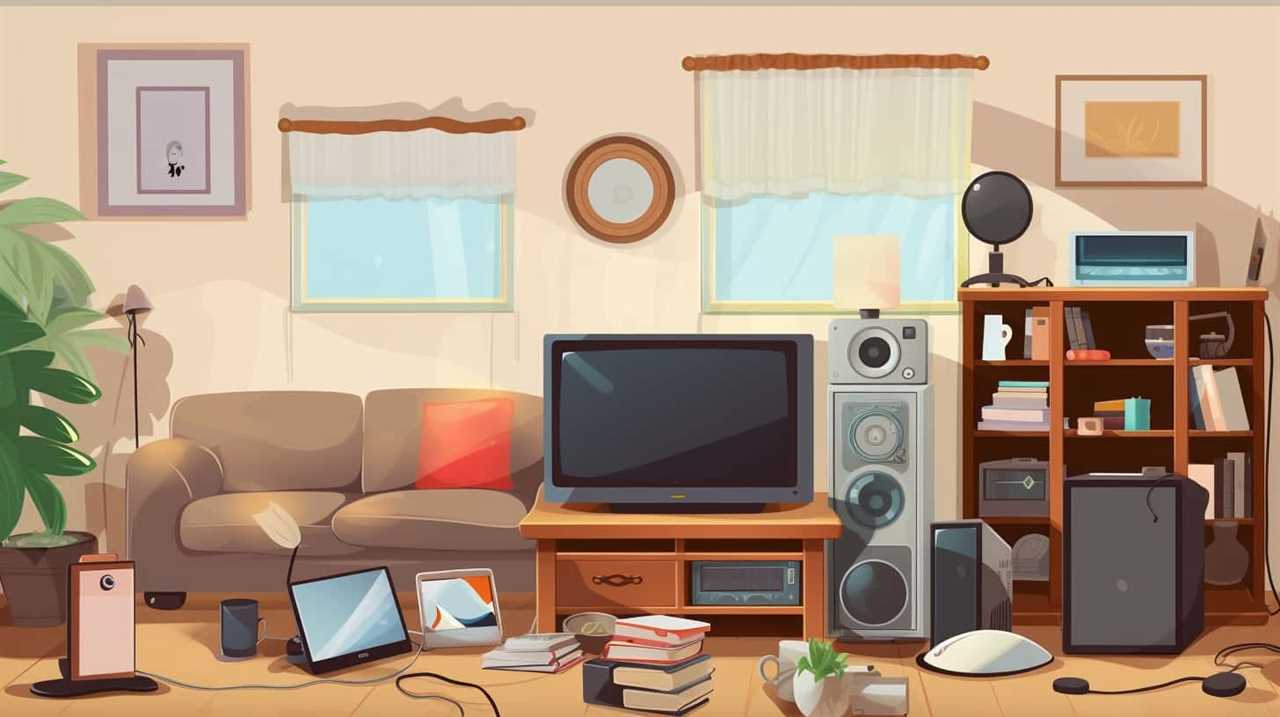
- Power Voltage: Japanese appliances typically operate on a 100V power supply, while the US uses a standard 120V power supply. This voltage difference may affect the performance and functionality of Japanese appliances in the US.
- Frequency: Japanese appliances are designed to operate at a frequency of 50Hz, whereas the US has a standard frequency of 60Hz. This difference can affect the speed and efficiency of appliances like electric motors and clocks.
- Plug Type: Japanese appliances often come with a two-prong plug, while the US uses a three-prong plug. Adapters or modifications may be necessary to fit Japanese appliances into US power outlets.
- Safety Standards: Japanese appliances may not always meet the safety standards required by US regulatory bodies. It’s important to ensure that Japanese appliances have undergone proper testing and certification to avoid potential hazards.
Considering these compatibility factors, it’s crucial to assess whether Japanese appliances can be safely and effectively used in the USA.
Now, let’s move on to the next section where we’ll discuss considerations for electronics.
Considerations for Electronics
When using Japanese electronics in the USA, there are two main considerations: voltage compatibility and plug types.
Japanese appliances typically operate on a voltage of 100 volts, while the standard voltage in the USA is 120 volts. This means that some Japanese appliances may not function optimally or may even be damaged when used in the USA.
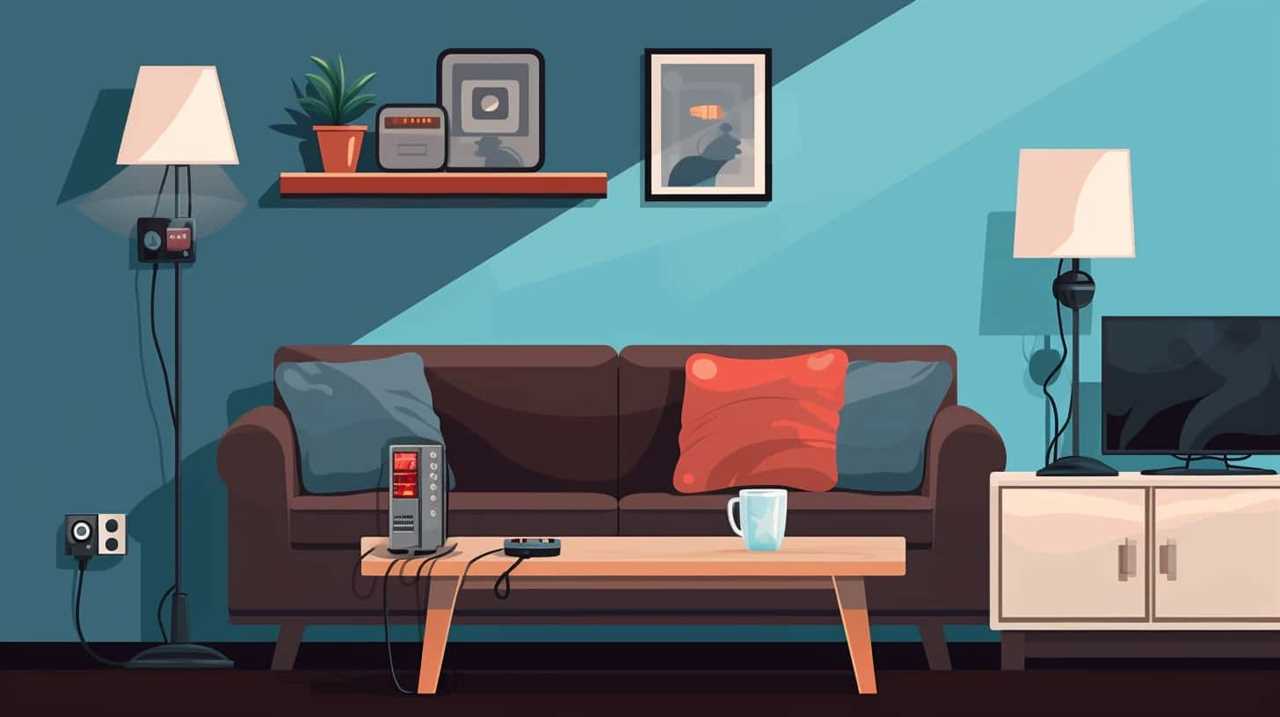
Additionally, Japanese plugs have two flat pins, while American outlets require two flat pins with a grounding pin.
It’s important to consider these factors and use appropriate voltage converters and plug adapters to ensure compatibility and safe usage of Japanese electronics in the USA.
Voltage Compatibility
Voltage compatibility is a crucial consideration when using Japanese appliances in the USA. To ensure that your appliances function properly and safely, it’s important to understand electrical standards and voltage conversion methods.
Here are four key points to keep in mind:

- Voltage Difference: Japan operates on a 100-volt electrical system, while the USA uses a 120-volt system. This means that Japanese appliances may not receive enough power when used in the USA, resulting in reduced performance or damage.
- Voltage Converters: To address the voltage difference, you can use a voltage converter or transformer. These devices adjust the voltage to match the requirements of your Japanese appliances, allowing them to function correctly in the USA.
- Wattage Considerations: It’s essential to consider the wattage requirements of your appliances when using voltage converters. Ensure that the converter can handle the power demands of your Japanese appliances to prevent overheating or electrical hazards.
- Compatibility Check: Before using Japanese appliances in the USA, verify if they’ve a voltage selector switch. Some appliances have this feature, allowing you to switch between different voltage settings, making them compatible with both Japanese and American electrical systems.
Understanding voltage compatibility and employing the appropriate voltage conversion methods will ensure the safe and efficient use of Japanese appliances in the USA.
Now, let’s explore the next topic: plug types.
Plug Types
Now let’s move on to discussing the plug types for electronics when using Japanese appliances in the USA.
When it comes to plug types, there are significant differences between Japan and the USA. In Japan, the standard plug type is type A, which has two flat pins. On the other hand, the USA uses type A and type B plugs, with the latter having an additional grounding pin.

This means that Japanese appliances with type A plugs will fit into US outlets, but appliances with type B plugs will require an adapter.
It’s important to note that simply using an adapter doesn’t address the issue of voltage compatibility. Therefore, it’s crucial to consider voltage converters to ensure the safe and proper functioning of Japanese appliances in the USA.
Additionally, it’s essential to adhere to safety regulations and guidelines when using voltage converters to prevent any electrical hazards.
Considerations for Kitchen Appliances
To ensure compatibility with Japanese appliances in the USA, we must consider the electrical requirements and product specifications.
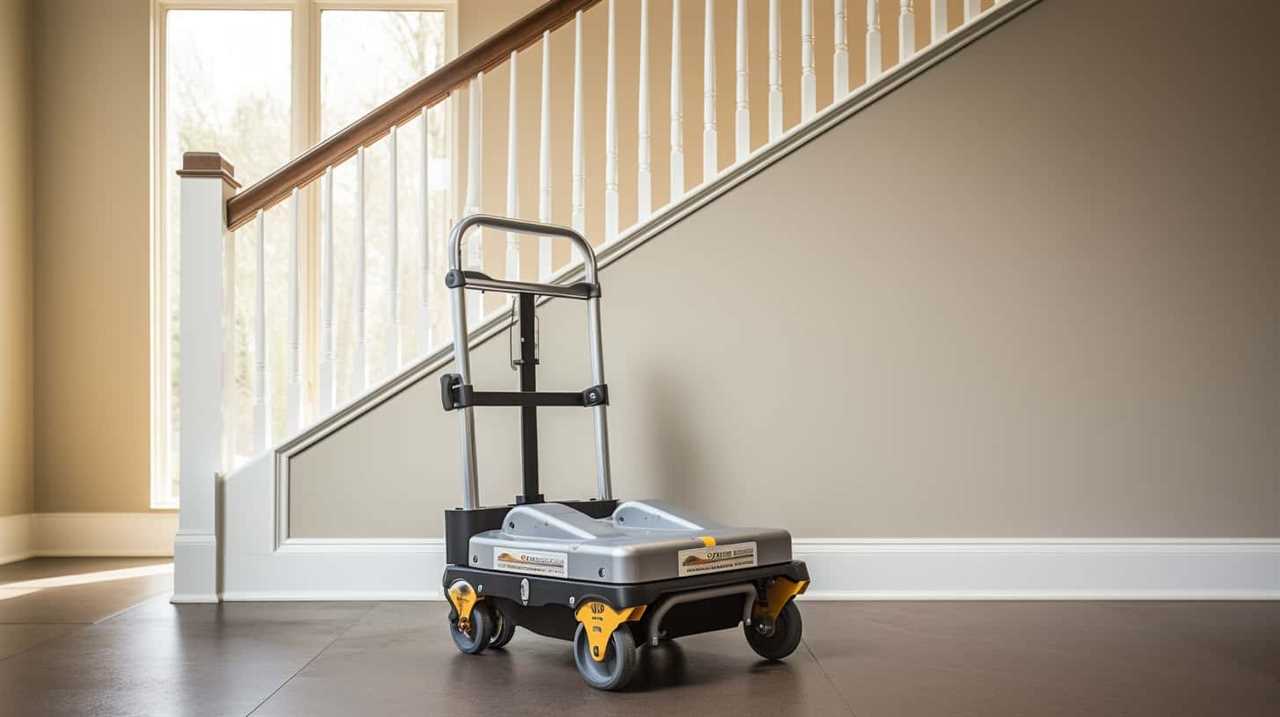
Here are four important considerations for kitchen appliances:
- Voltage and Frequency: Japanese appliances typically operate on 100V and 50-60Hz, while the USA uses 120V and 60Hz. Check if the appliance can handle the voltage and frequency difference or if a voltage converter is needed.
- Power Consumption: Understand the power consumption of the appliance, as it may differ between Japanese and American models. This will help determine if the appliance can be safely used without overloading the electrical circuits in the USA.
- Plug Type: Japanese appliances often have different plug types than those used in the USA. Ensure that the plug can be easily adapted or replaced to fit American outlets.
- Product Specifications: Consider the size, dimensions, and weight of the appliance to determine if it will fit in your kitchen and meet your specific needs.
Considerations for Personal Care Appliances
When using personal care appliances from Japan in the USA, we need to take into account certain factors. One important consideration is the difference in voltage between the two countries. Japan operates on a 100V electrical system, while the USA uses a 120V system. This means that Japanese personal care appliances may not function properly when plugged into American outlets. In order to use these appliances safely, it is essential to understand voltage converters and their compatibility with specific devices. Additionally, it is crucial to follow safety precautions for personal care appliances, such as reading the instruction manuals, using the appliances in accordance with their intended purpose, and ensuring proper grounding and insulation. Taking these measures will help prevent electrical hazards and ensure the longevity of your personal care appliances.
| Consideration | Explanation | Action |
|---|---|---|
| Voltage Difference | Japan uses 100V, USA uses 120V | Use a voltage converter or transformer |
| Safety Precautions | Read instruction manuals, use appliances correctly, ensure grounding and insulation | Follow instructions carefully and inspect appliances regularly |
Considerations for Home Appliances
While considering the use of Japanese appliances in the USA, it’s important to address the specific considerations for home appliances. Here are four key factors to keep in mind:
- Voltage Conversion: Japanese appliances typically operate on a 100-volt system, while the USA uses a 120-volt system. To use Japanese appliances in the USA, a voltage converter or transformer may be required to adjust the voltage accordingly.
- Compatibility of Power Plugs: Japanese appliances often have different plug types than those used in the USA. An adapter or plug converter may be needed to ensure proper connection to the American outlets.
- Safety Standards: Japanese appliances may not meet the safety standards required in the USA. It’s important to check for safety certifications, such as UL (Underwriters Laboratories), to ensure compliance and minimize potential risks.
- User Manuals and Language: Japanese appliances typically come with user manuals in Japanese. It’s essential to consider the availability of English translations or online resources to understand the appliance’s functionalities and follow necessary precautions.
Considering these factors will help ensure a safe and suitable transition of Japanese home appliances for use in the USA.
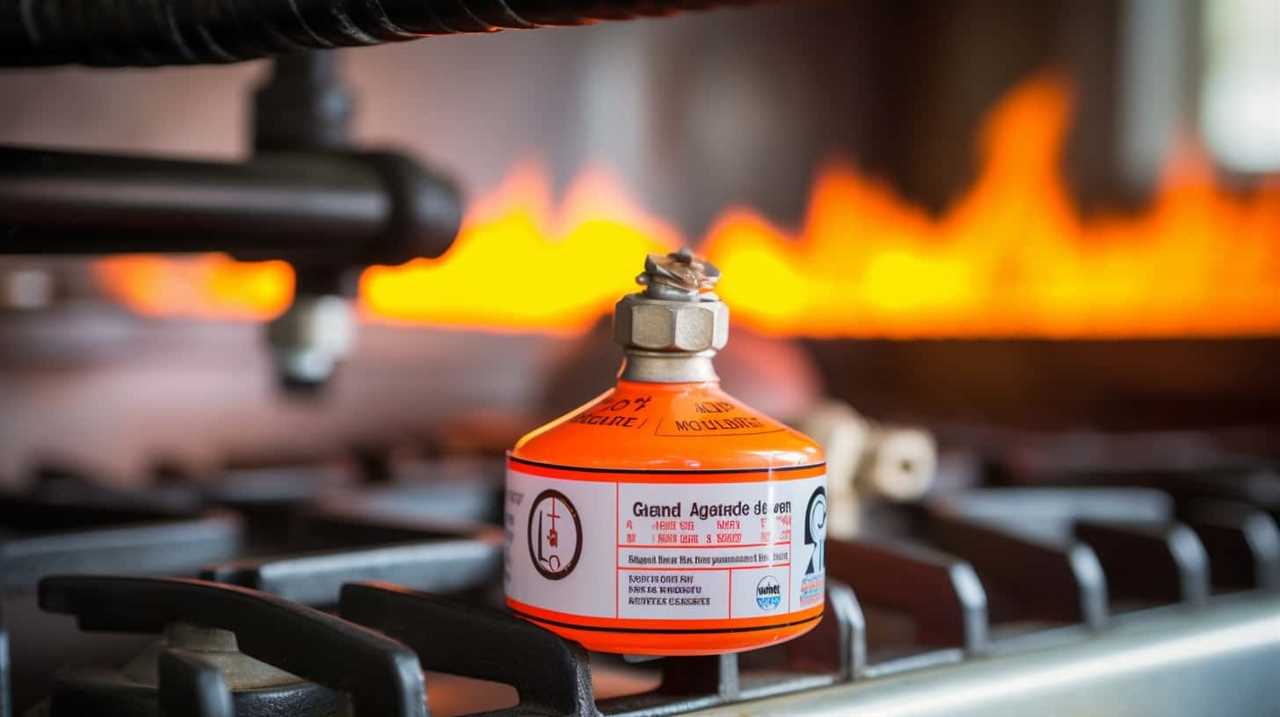
Researching Specific Appliance Models
We have found several specific appliance models that are compatible with both Japanese and American electrical systems. When researching appliance specifications, it’s important to compare Japanese and American models to ensure compatibility.
One key difference to consider is the voltage requirement. While Japan operates on a 100V electrical system, the United States uses a 120V system. This means that Japanese appliances may require a step-up transformer to function properly in the US.
Additionally, the frequency of the electrical current in Japan is 50Hz, whereas in the US it’s 60Hz. This difference can affect the performance of certain appliances, such as clocks and timers.
By carefully examining the specifications of each appliance model and comparing them to the electrical standards in the US, you can determine whether a Japanese appliance is suitable for use in America. However, seeking professional advice is always recommended to ensure the safety and proper functioning of the appliance.
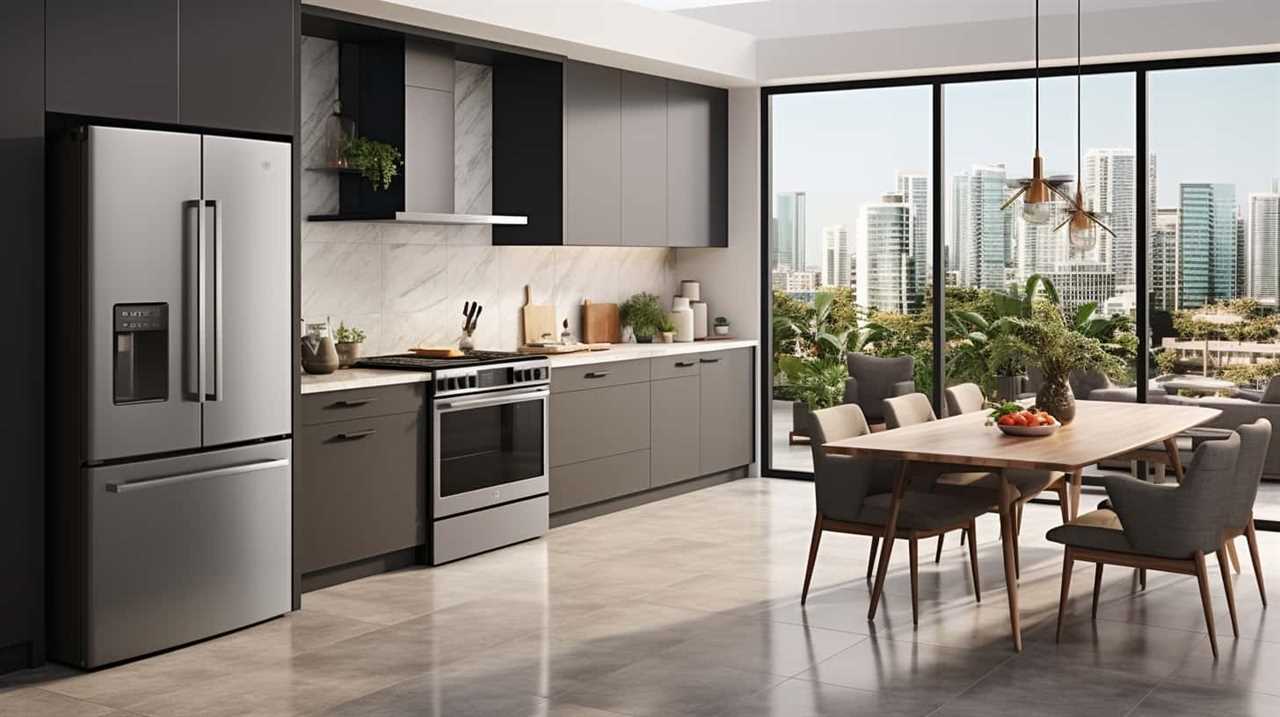
Transitioning into the next section, let’s explore the importance of seeking professional advice when considering the use of Japanese appliances in the USA.
Seeking Professional Advice
Before making any decisions about using Japanese appliances in the USA, it’s important for us to seek professional advice. Seeking advice from experts who are knowledgeable about Japanese appliances and their compatibility with the US electrical system can provide us with valuable insights and recommendations.
Here are four reasons why seeking professional recommendations is crucial:
- Electrical compatibility: Professionals can assess whether the voltage and frequency of the Japanese appliances are compatible with the US electrical system.
- Safety considerations: Experts can advise us on potential safety hazards and precautions to take when using Japanese appliances in the USA.
- Warranty and support: Professionals can guide us on warranty coverage and availability of support for Japanese appliances in the US market.
- Modifications and adaptability: By consulting professionals, we can determine if any modifications or adaptors are needed to ensure the proper functioning of Japanese appliances in the USA.
By seeking professional advice, we can make informed decisions about using Japanese appliances in the USA while prioritizing safety and efficiency.

Now, let’s dive into the next section, which discusses the safety precautions for using Japanese appliances in the USA.
Safety Precautions for Using Japanese Appliances in the USA
When using Japanese appliances in the USA, it’s crucial to consider the voltage compatibility.
Japanese appliances typically operate on a 100-volt system, while the USA uses a 120-volt system. This voltage difference can potentially damage the appliance or pose a safety hazard.
Additionally, it’s important to ensure that the adapter and plug of the Japanese appliance are compatible with the outlets in the USA to prevent electrical malfunctions.
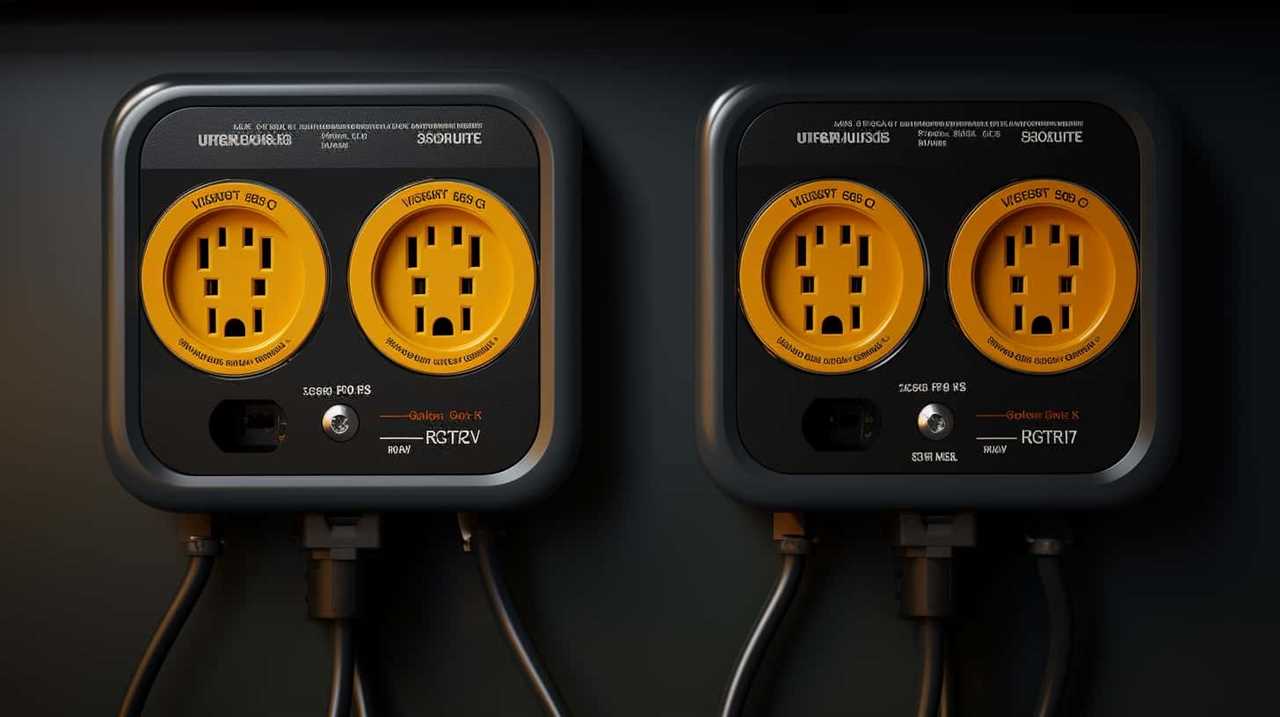
Voltage Compatibility Considerations
To ensure the safe use of Japanese appliances in the USA, it’s important to consider the compatibility of voltage. Understanding the power requirements of your Japanese appliances is crucial before attempting to use them in the US. Here are four key points to keep in mind:
- Voltage Difference: Japan operates on a 100V electrical system, while the USA uses 120V. This means that Japanese appliances may not function properly or efficiently in the US without voltage conversion.
- Voltage Conversion Methods: To use Japanese appliances in the US, you can either invest in a voltage converter or buy appliances that support dual voltage. Voltage converters adapt the US voltage to match the appliance’s requirements.
- Safety Concerns: Using appliances with incorrect voltage can lead to damage, overheating, or even fire hazards. It’s crucial to ensure that the voltage conversion is done properly to avoid any safety risks.
- Consult Professionals: If you’re uncertain about voltage compatibility or the proper conversion methods, it’s best to consult a professional electrician or contact the appliance manufacturer for guidance.
Considering these voltage compatibility considerations will help you safely use Japanese appliances in the USA. Now, let’s move on to discussing adapter and plug compatibility.
Adapter and Plug Compatibility
Now, let’s continue our discussion on the safety precautions for using Japanese appliances in the USA by exploring the topic of adapter and plug compatibility.
When using Japanese appliances in the USA, it’s crucial to understand the differences in electrical sockets and voltage requirements between the two countries. In Japan, the standard voltage is 100 volts, whereas in the USA, it’s 120 volts. This variance in voltage can cause potential risks if not addressed properly.
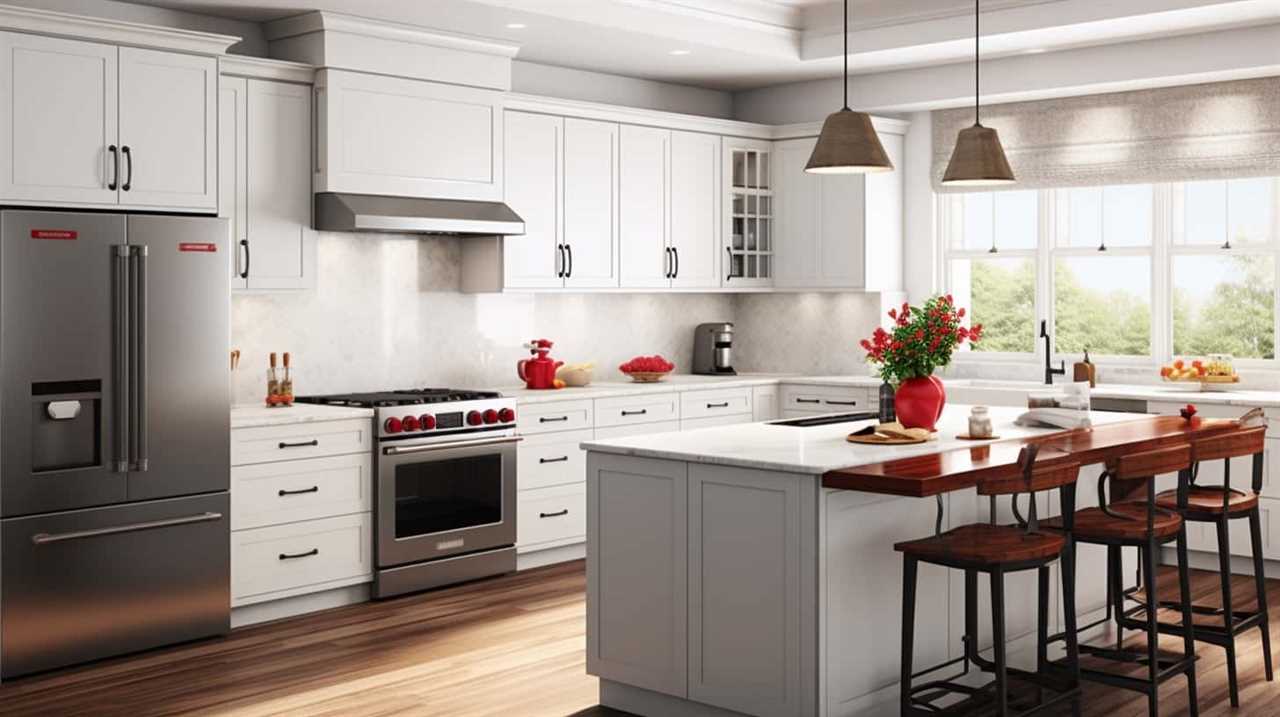
To ensure compatibility, a voltage converter or transformer can be used to adjust the voltage output of the Japanese appliance to match the voltage in the USA. It’s important to note that not all appliances are compatible with voltage converters, so it’s recommended to consult the manufacturer’s instructions and guidelines to avoid any damages or hazards.
Additionally, using plug adapters to fit the Japanese appliance’s plug into the US electrical socket is necessary. However, it’s crucial to use high-quality adapters that are properly certified to prevent any electrical hazards.
Alternatives to Using Japanese Appliances in the USA
We have several alternatives to consider when it comes to using Japanese appliances in the USA.
- Purchase compatible appliances: One option is to buy appliances that are specifically designed for the US market. These appliances will already be compatible with the voltage and safety regulations in the USA, eliminating the need for any additional converters or modifications.
- Use voltage converters: Another alternative is to use voltage converters or transformers that can convert the voltage from Japanese appliances to the appropriate voltage for use in the USA. These converters can be plugged into the US electrical outlets and provide the necessary voltage conversion.
- Consult a professional: If you’re unsure about the compatibility of your Japanese appliances with the US electrical system, it’s recommended to consult a professional electrician or appliance repair specialist. They can assess the appliances and provide guidance on whether they can be safely used in the USA.
- Consider rental or borrowing: If you only need to use Japanese appliances temporarily, you may consider renting or borrowing them instead of purchasing new ones. This can be a cost-effective solution, especially if you don’t plan to use the appliances frequently.
Conclusion: Making Informed Decisions
As we consider alternatives for using Japanese appliances in the USA, it’s important to make informed decisions. One key factor to consider is understanding voltage differences between Japan and the USA.
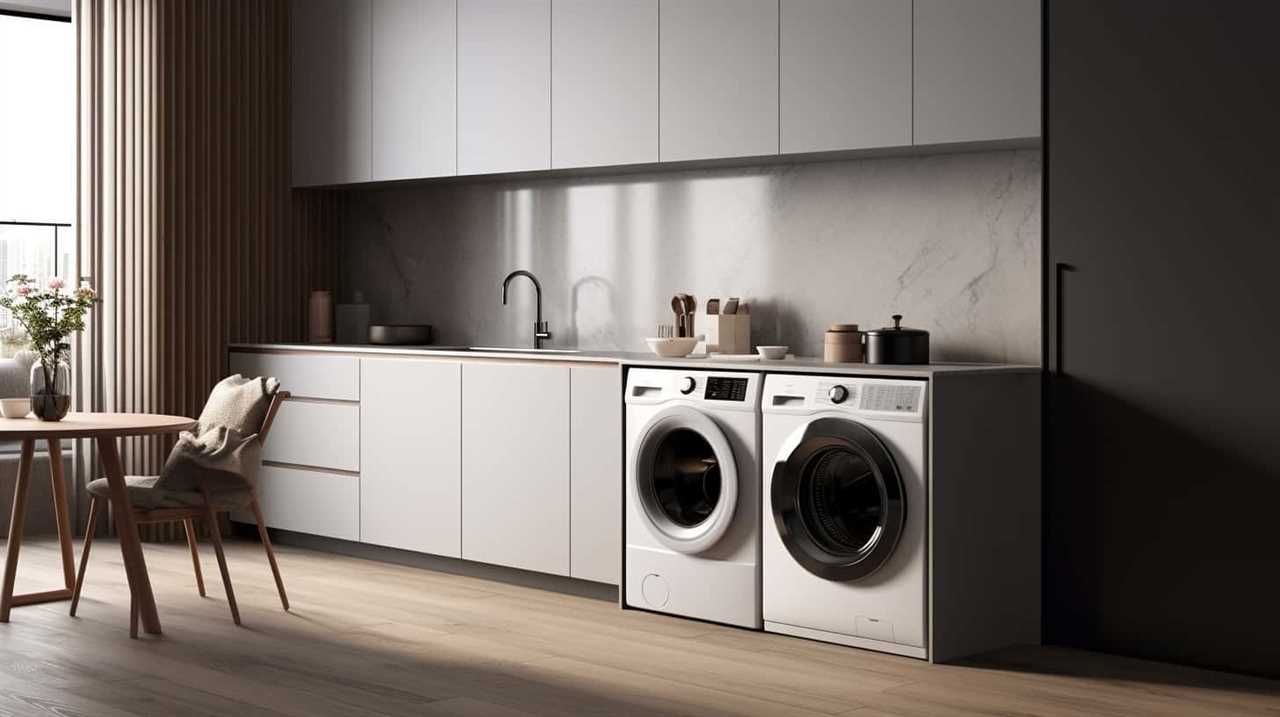
Japan operates on a 100V electrical system, while the USA operates on a 120V electrical system. This means that Japanese appliances designed for use in Japan may not work properly in the USA without a voltage converter or transformer. These devices can convert the electricity from 120V to 100V, allowing Japanese appliances to function correctly.
However, it’s crucial to note that not all appliances are compatible with voltage converters due to differences in frequency and power consumption. Therefore, before making a purchase or attempting to use a Japanese appliance in the USA, it’s essential to research and consult the manufacturer’s specifications to ensure compatibility and safety.
Making informed decisions regarding voltage differences will prevent damage to appliances and potential electrical hazards.
Frequently Asked Questions
Can I Use a Japanese Washing Machine in the Usa?
Using a Japanese washing machine in the USA has pros and cons. Consider voltage compatibility, plug types, and warranty coverage before buying. It’s important to research and ensure the appliance will work properly in your home.

Will a Japanese Refrigerator Work in the Usa?
Using a Japanese refrigerator in the USA has both pros and cons. Adapting it to American standards may require voltage and plug adjustments. Consider consulting a professional to ensure compatibility and safety.
Can I Use a Japanese Hair Dryer in the Usa?
Using a Japanese hair dryer in different countries depends on the voltage compatibility of Japanese appliances. It is important to check if the hair dryer is compatible with the voltage used in the USA before using it.
Will a Japanese Rice Cooker Function Properly in the Usa?
Yes, a Japanese rice cooker will function properly in the USA. However, voltage compatibility and power plug differences need to be considered. Japanese appliances typically operate at 100V, while the USA uses 120V. An appropriate voltage converter and adapter will ensure compatibility.
Can I Use a Japanese Air Conditioner in the Usa?
Using a Japanese air conditioner in the USA requires understanding the differences between Japanese and American models. Voltage and frequency inconsistencies may require a voltage converter and adapter for proper functioning.
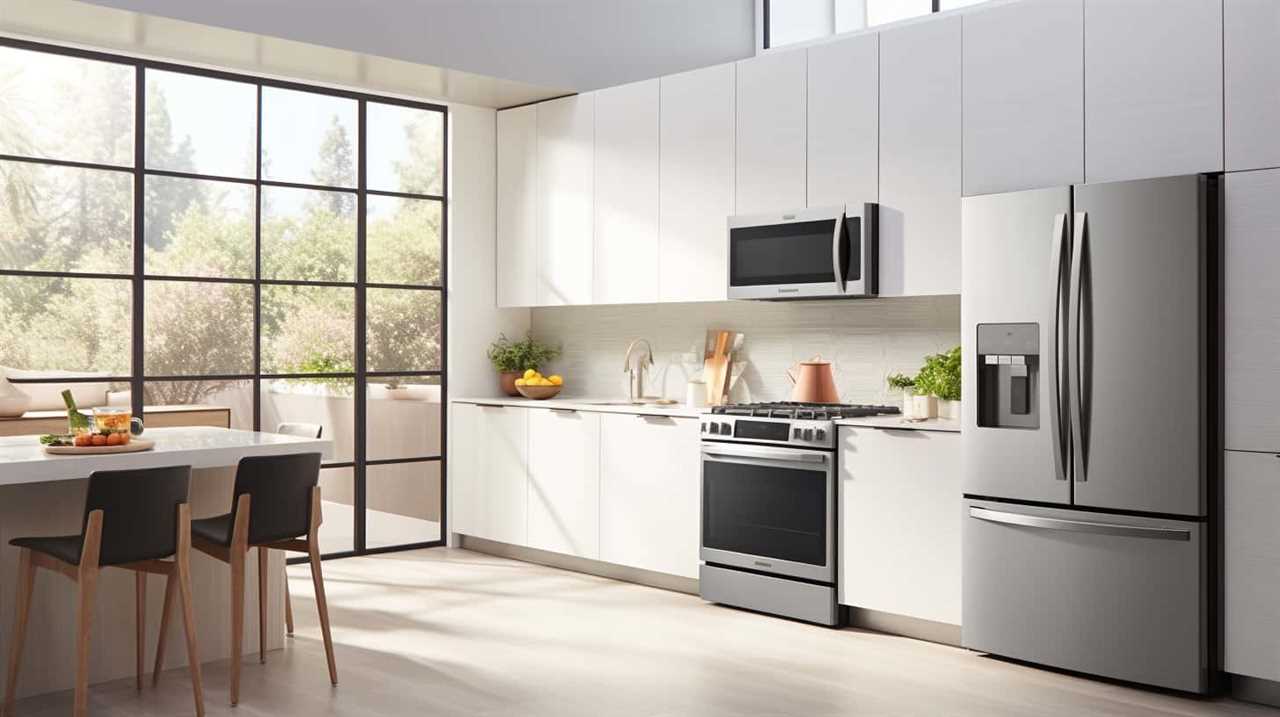
Conclusion
In conclusion, it’s important to carefully assess the compatibility of Japanese appliances before using them in the USA. By understanding voltage differences, checking plug types, and using the appropriate converters or adapters, it’s possible to safely use these appliances.
Seeking professional advice can also provide valuable insights. However, it’s crucial to prioritize safety and consider alternatives to using Japanese appliances if necessary. Remember, ‘better safe than sorry’ when it comes to using foreign appliances in a different electrical system.
